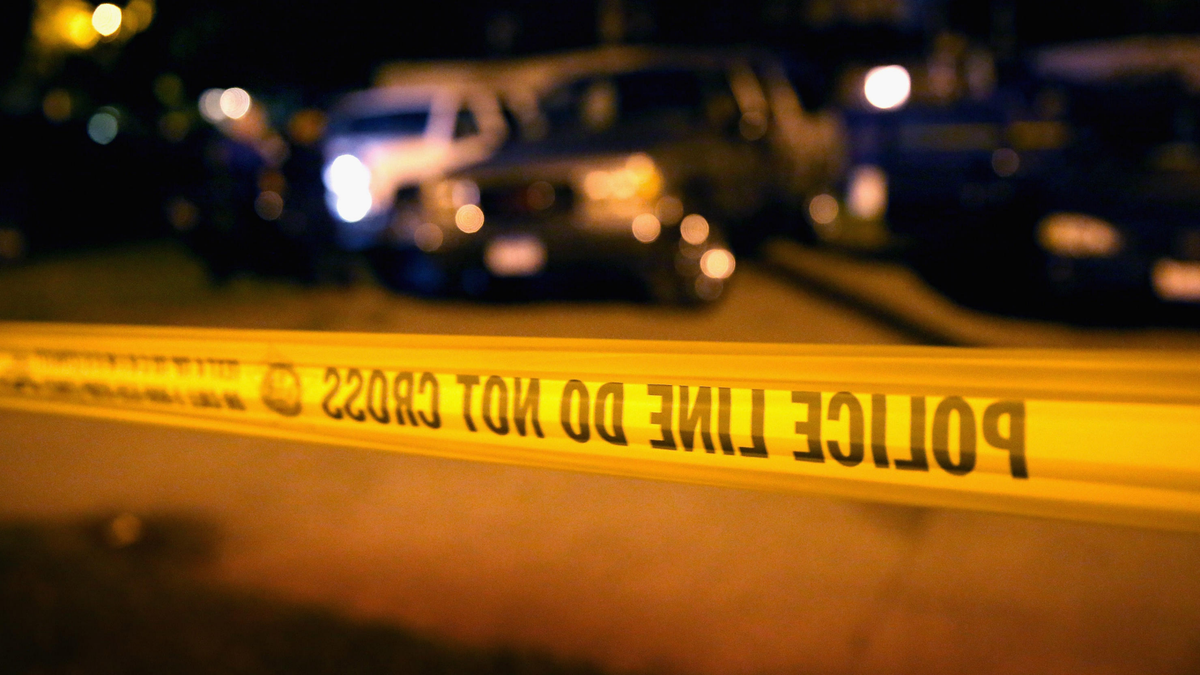
(chicagomonitor.com)
According to Chicago police records, 57 people were shot, resulting in five fatalities throughout this past weekend, marking one of the most violent outbursts in recent memory. Worse yet, during one particular brief window extending from 1:30 a.m. to 4:30 a.m., some 30 people were shot and 2 killed in 10 different incidents on the streets of Chicago.
It appears that the attacks were specifically targeting groups. Police believe that gang conflicts played a role. In at least one shooting, the perpetrators targeted a crowded street party. People were also targeted after a funeral and while gathering on a porch. Several teenagers and young men were shot.
A child as young as 11 years old was shot, and a near-elderly victim of 62 was also struck. It remains unclear if they were otherwise involved in the incidents. The attack on Sunday marked a sharp spike in violence. On Friday, there were “just” six shootings, with none being fatal. By Saturday, violence was on the rise with 15 different shootings, one fatal.
For Chicago authorities, the bloody Sunday marks a serious setback. Shootings had been down 30 percent in Chicago compared to 2017. Likely, Sunday’s outburst will tarnish that buffering track record. While Chicago has been improving, it might only take a few mass outbursts to send the city back into, quite literally, the red.
The track record through the year paints a mixed picture on gun control efforts. Chicago has long had some of the stricter gun control laws in the United States. Regardless, that hasn’t stopped the city from being among the most explosive, especially in regards to gun violence.
Still, increased efforts to seize illegal guns seemed to be paying dividends. So far, police in Chicago have confiscated roughly 5,500 illegally-owned guns. Violence had been dropping through the year. One could argue that the gun seizure measures were paying off. Yet the recent events over the weekend suggest that criminals can still get their hands on guns when they want to.

